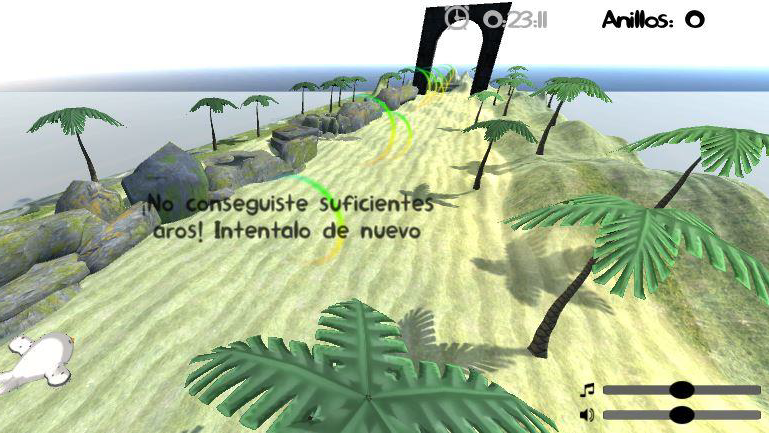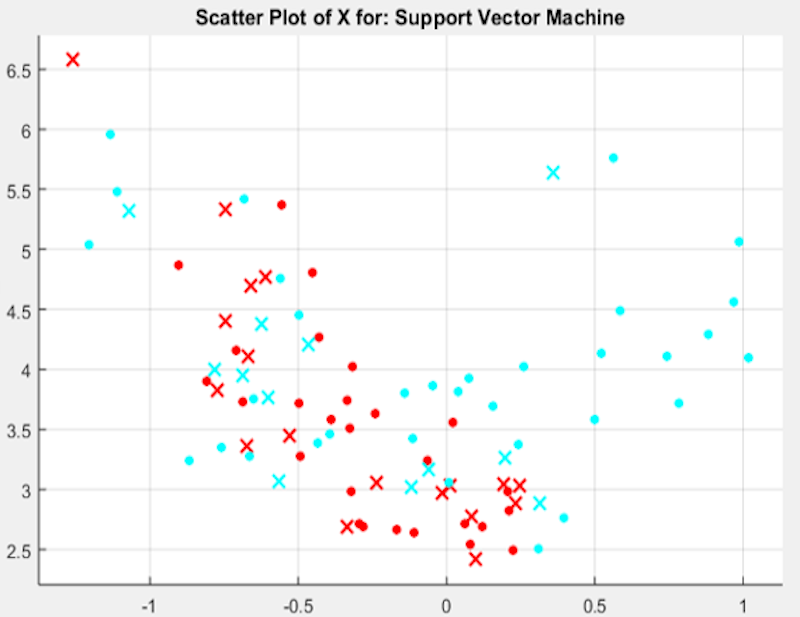MindSense marked the genesis of my game development journey, and it's remarkable how it introduced me to a world of possibilities and newfound skills. For this project, I delved into the realm of game development to make motor rehabilitation therapies engaging for stroke patients, and the experience left a profound impact on me.
It was here that I ventured into uncharted territories, using MATLAB for brain signal processing and serial communication to link MATLAB with Unity. A distinctive aspect of this journey was that I navigated the intricate game development process independently. With no guiding professors for this specific facet of the project, I turned to online tutorials, embarking on a self-guided odyssey.
MindSense opened the door to an enchanting realm that I now hold dear – the world of game development. I'm profoundly grateful for the opportunity this project provided, as it ignited a passion that has become an integral part of my journey. The magic of game development has since been a guiding star, inspiring my future endeavors and enhancing the way I perceive the intersection of technology, creativity, and innovation.

Track to transverse in MindSense.

Player doesn't get enough rings in MindSense and the game is restarted.


